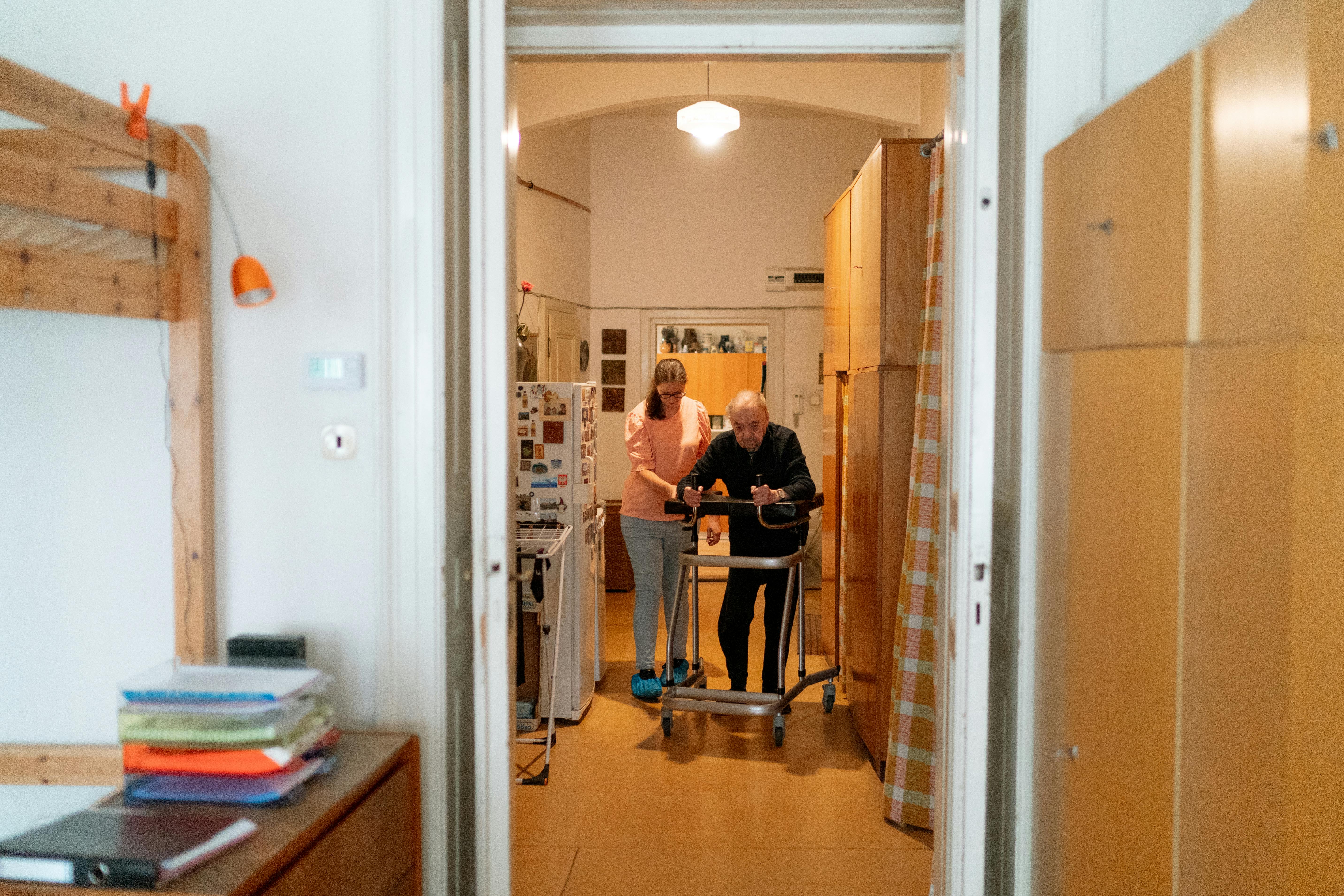Three key beliefs stand in the way of innovation in life insurance. The right approach to prototypes is the solution.
What do Steve Martin, Alice in Wonderland and Amazon founder Jeff Bezos (or any other successful entrepreneur) all have in common? They know how to “get small.”
While the notion of getting small means something different to each, the ultimate meaning for all is that getting small is the key to something bigger.
For Steve Martin, it is a hilarious way to describe the way to measure how much a recreational drug has impaired, or perhaps even expanded, one’s perception of the world. For Alice, it is a way to enter places she could have never gone before and thereby learn something new. For Jeff Bezos, it is about envisioning a big idea and recognizing that investors and consumers won’t accept it unless it is served up in bite-sized pieces, in the right order.
Getting small is a critical, yet missing, skill set (and mindset) for the insurance industry. This wasn’t always the case. If you trace back the roots of any insurance company, you’ll find a founder who had a big vision but knew how to start small before asking anyone for money to help fund it. Perhaps it was just to help a small region of the country or a specific group of people who had a unique situation where impact could easily be measured.
Dial the clock forward 100-plus years and you have companies that are so far from their entrepreneurial roots that they completely lost the ability to create and launch brand new products, services and business models. We’ll blame things like legacy systems, multistate regulations and entrenched cultures, which are real; however, we can still apply the skill set of getting small to work within those constraints.
Having been through innovation journeys with a healthy number of insurance companies over six years, it is easier now to see how much this issue has impeded the ability to make progress with big ideas. Yes, there are game-changing ideas in their pipelines — ideas that disruptive start-ups would be proud of. But the lack of ability to get small stands in the way because of these three beliefs:
- The product has to be maintained for the life of any one policy. So every possible future transaction must be accounted for because nobody wants customer complaints.
- The product must conform to all the current rules and regulations, even if they don’t logically apply to the new idea, because nobody wants to disturb regulator relationships.
- The product’s underwriting risk must be completely understood before launching anything because nobody wants to shut down a product on account of being wrong about its pricing.
The reality is innovation in any industry involves complaints, changing relationships and being wrong about pricing. The key is minimizing each of these so that the financial and reputational impact on the company is also small. How? By building the skills of prototyping and minimum viable product (MVP) design.
Prototyping is a way to design an experience so that it feels real but isn’t. No promises are ever made, no rules broken and no risk transferred.
The advantage of prototyping is the ability to accurately test consumer reactions to key features, and learning which ones are the most attractive. More important, prototypes paint the vision of the future for purposes of galvanizing a team and inspiring change for regulators who need to be on that team. Not everyone can be inspired, but if you find a few, that’s a start.
The lessons from the prototype dictate the MVP, which is the smallest and lowest-risk starting point at which a product will attract. From this, you learn, adjust and ultimately scale up if appropriate. There is also an exit strategy. Choosing the right MVP is critical because it means you’ve taken the optimal amount of risk for the potential return.
Zero risk is not an option because it means you’ve learned nothing, launched nothing and got no result.
Steve, Alice and Jeff would never stand for that. Neither should you.
This article previously appeared in National Underwriter Life and Health Magazine.








